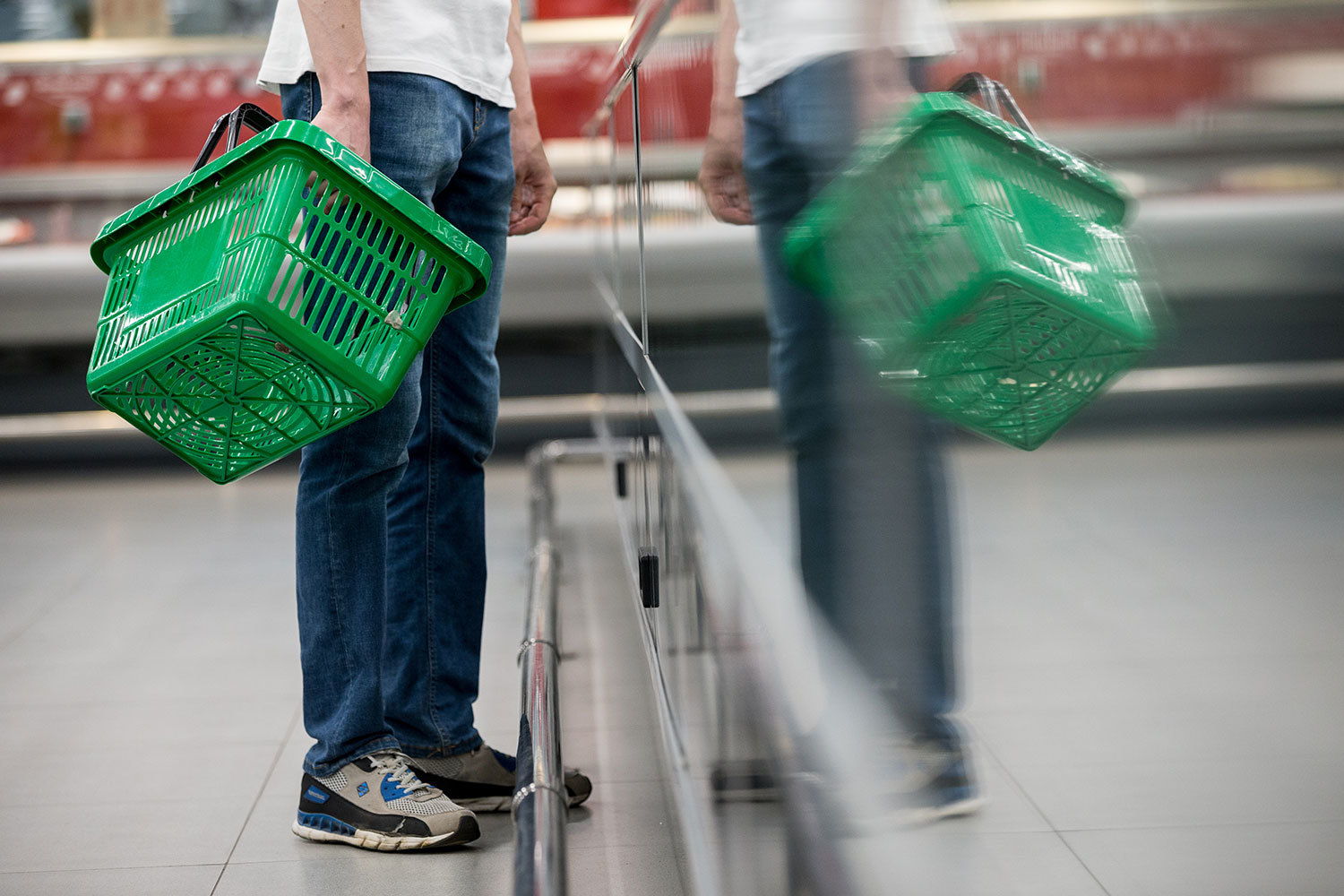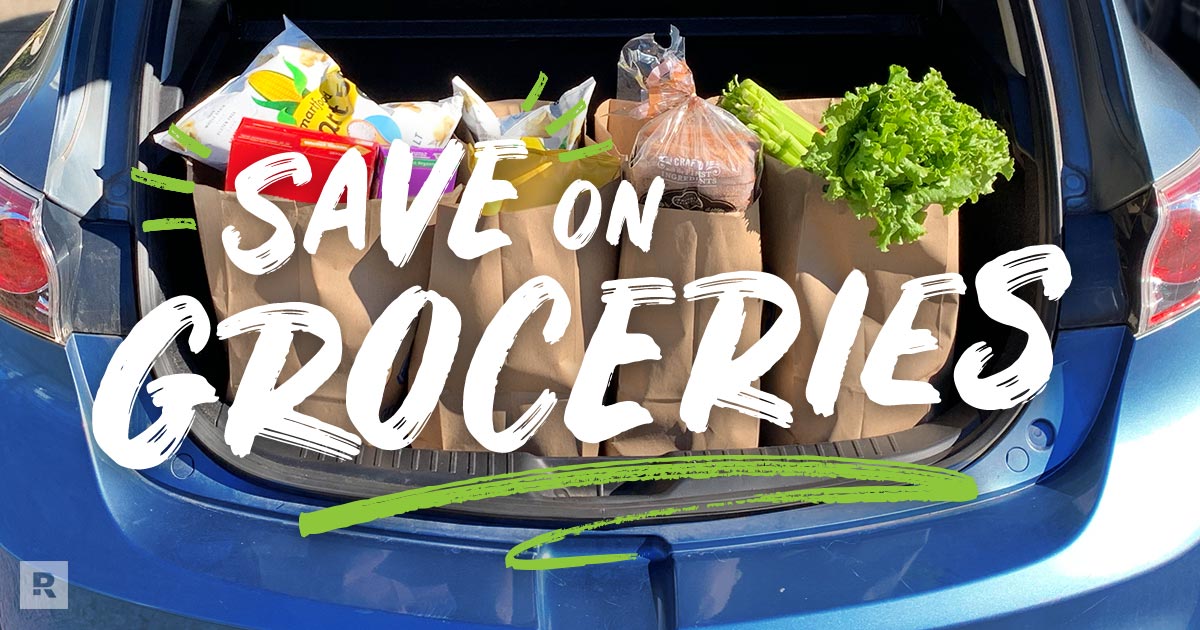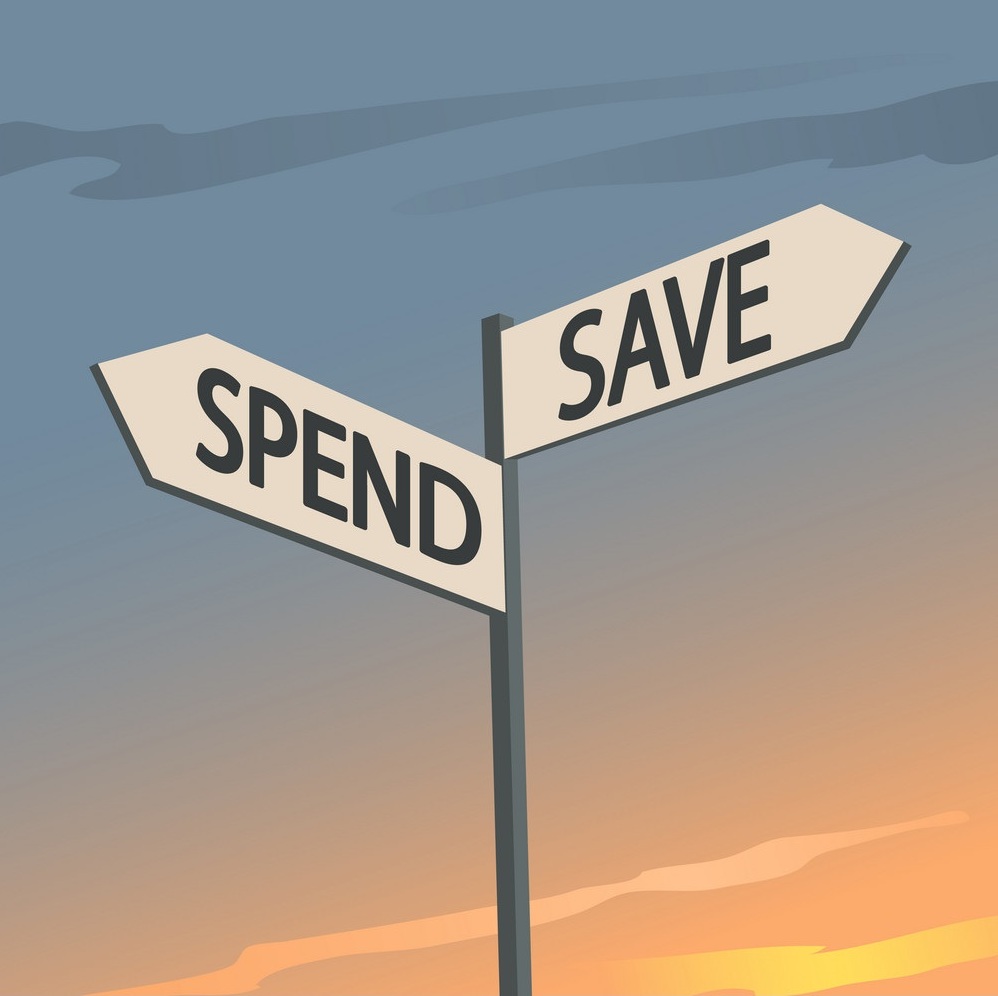
Respublika Park shopping mall presents documentary film about veteran Stepan Korobkin who conquered Kilimanjaro


 13.08.2020 01:00
13.08.2020 01:00Two important narratives have been necessarily conflated as the novel coronavirus (COVID-19) has made its way around the world this year: the devastating impact of the deadly disease on the lives of millions and their loved ones and the almost immediate effect on the global economy.
 The fast-moving consumer goods (FMCG) industry experienced significant and prolonged lifts in sales across most categories as COVID-19 spread and drove people into weeks of lockdown. Their lives quickly became centered around the home (whether they liked it or not), and the so-called “homebody economy” was born. Sales across many categories that fed this trend remain stronger than in pre-COVID conditions: We’re eating more meals at home, spending more time in our homes and consequently, everything from paper towels to garbage bags and cleaners are in high demand.
The fast-moving consumer goods (FMCG) industry experienced significant and prolonged lifts in sales across most categories as COVID-19 spread and drove people into weeks of lockdown. Their lives quickly became centered around the home (whether they liked it or not), and the so-called “homebody economy” was born. Sales across many categories that fed this trend remain stronger than in pre-COVID conditions: We’re eating more meals at home, spending more time in our homes and consequently, everything from paper towels to garbage bags and cleaners are in high demand.
But as countries reopen businesses, even as total global infection rates soar, the two narratives will inevitably diverge. The global economy, and the behaviours of consumers within it, face escalating levels of change. Though value and volume growth was inevitable for many FMCG categories during lockdown conditions, that growth may not be sustainable as economic challenges overtake health concerns.

Unemployment will be a significant driver of this change. For some consumers, furloughs will turn into unemployment; for others, particularly in developing countries with informal labour markets, reliable employment may remain out of reach for years. The Organisation for Economic Co-operation and Development (OECD) expects uncertainty on this front for years. This week, it offered two projections for the U.K.:
Projections like these clearly highlight that consumers will need to recalibrate their spending habits. In other words, we may still be eating more meals in our homes, but what we eat and how much we’re able to afford will change, and that change may last years. And it won’t just be food. Consumers will completely reassess what goes in their shopping basket.
As jobs dry up and young people are forced to stay at home with their parents for years longer than planned, the household shopping dynamic will change. We’ll see millions of new multi-generational households. People will delay marriages and having children. In short, life will get pushed back. And so will purchases. Consumers will buy their first big-ticket items like homes, cars, even appliances, later in life.

Earlier this year, as the full impact of COVID-19 was taking hold, the Nielsen Intelligence Unit identified a rapid reshaping of consumer spending dynamics. Put simply, the polarised spending environment will include “constrained” and “insulated” spenders, each of whom will spend according to their specific scenarios. In the early days of the pandemic, constrained spenders were newly unemployed, such as travel and hospitality workers. Insulated spenders were often retired or working in corporate roles who shifted to working from home as global movement restrictions came into play.
But as we look down a clear path of long-term economic recession, the meaning of polarised spending is shifting. For example, insulated spenders may tighten their belts to be fiscally practical to weather the uncertain times ahead.
Importantly, the economic impact of the recession will likely affect both the “haves” and the “have nots,” even as the World Bank and the OECD point to a growing wealth divide. Research conducted in Australia by Nielsen found that 39% of those we classified as “insulated” earned AUD$100,000 or more annually, while those in the “constrained” segment with the same income level sat at 31%.This highlights that even high earners will be constrained and that the wealth gap will widen, which means brands and retailers will need to navigate product portfolios and pricing accordingly.
The COVID-19 pandemic is forcing a global recalibration of priorities for countries, businesses, and individuals. For many consumers, it will mean an ongoing recalibration of lifestyles and meaningful changes in what they expect from brands and the retailers selling them.
And that means brands and retailers will need to serve consumers differently and in the context of low confidence levels for economic recovery. Consider the likely shift toward demand for more value-for-money products. On the one hand, large multi-packs may offer the best value, but they may be out of reach for people short on cash. Cash-strapped consumers may be forced to buy smaller pack sizes, and brand loyalty across categories may fade.
Consequently, FMCG manufacturers are reassessing their portfolios to adjust. Similarly, retailers are reconsidering how to stay relevant to consumers who will have rapidly changing consideration sets. In the past, they could have performed these kinds of assessments with relatively ample time for testing. That is no longer the case. Changing retail channels are a case in point. Online adoption has taken just weeks to get to a tipping point that would have otherwise taken years. The U.S. offers a case in point with a 4% bump.

Whatever the channel, getting assortment and pricing right will be key. So too will packaging and brand claims. Consumers are looking for clear claims that highlight the benefit of the product. Not surprisingly, there is strong demand at all price points for products offering health benefits, such as immunity boosting capabilities or germ-killing powers.
Wherever brands sit in the price spectrum, it will be critical that they shift as consumers reconcile their wallets with their shopping baskets. Keeping pace with those reconciliations will be another essential.
Source: Nielsen





